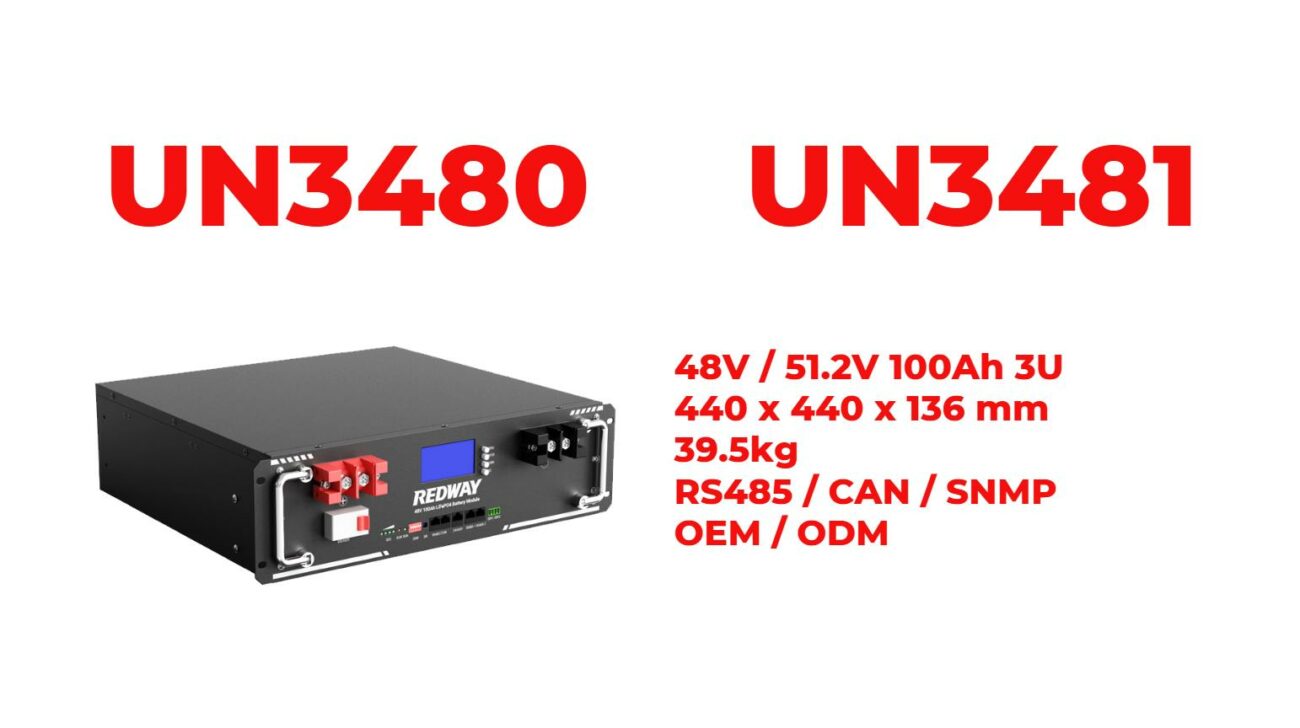What Is the Best Way to Wear a Heated Vest?
The best way to wear a heated vest involves understanding proper layering, fit, and temperature management. Start with a moisture-wicking base layer, ensure a snug fit, and choose appropriate outer layers. This approach maximizes warmth and comfort while allowing you to enjoy outdoor activities in colder conditions.
What Are the Best Layering Techniques for Heated Vests?
Layering is crucial when wearing a heated vest to ensure optimal warmth without bulk. The ideal approach includes:
- Base Layer: Begin with a lightweight, moisture-wicking base layer made from materials like merino wool or polyester. This helps regulate body temperature and keeps sweat away from your skin.
- Heated Vest: The heated vest serves as the mid-layer, providing warmth directly to your core without adding excessive bulk.
- Outer Layer: On colder days, add an outer layer such as a waterproof jacket or insulated coat to protect against wind and rain.
Chart: Layering Techniques for Optimal Warmth
| Layer Type | Purpose |
|---|---|
| Base Layer | Moisture-wicking and temperature regulation |
| Mid Layer (Vest) | Direct warmth from heating elements |
| Outer Layer | Protection against elements (wind/rain) |
How to Choose the Right Base Layer Under a Heated Vest?
Selecting the right base layer is essential for maximizing the effectiveness of your heated vest. Consider:
- Material: Opt for moisture-wicking fabrics that keep you dry and comfortable.
- Fit: Ensure it fits snugly but comfortably; avoid overly tight clothing that can restrict movement.
- Length: Long-sleeve options are preferable in colder conditions, providing additional warmth.
Chart: Recommended Base Layer Options
| Material | Benefits |
|---|---|
| Merino Wool | Excellent insulation and moisture control |
| Polyester Blend | Lightweight, quick-drying, and breathable |
| Synthetic Fabrics | Durable and effective at wicking moisture |
What Outer Layers Work Best with a Heated Vest?
When selecting an outer layer, consider:
- Insulation: Choose insulated jackets that provide additional warmth without bulk.
- Weather Resistance: Waterproof or windproof jackets are ideal for outdoor activities.
- Breathability: Ensure that the outer layer allows moisture vapor to escape while keeping you warm.
Chart: Ideal Outer Layers for Different Conditions
| Condition | Recommended Outer Layer |
|---|---|
| Cold & Dry | Insulated jacket |
| Wet & Windy | Waterproof shell jacket |
| Mild Weather | Lightweight windbreaker |
How to Properly Fit Your Heated Vest?
A properly fitted heated vest enhances comfort and heat retention:
- Snug Fit: The vest should fit snugly against your body without being restrictive. This ensures that heat is effectively transferred.
- Adjustable Features: Utilize any adjustable straps or cords for a customized fit.
- Check Zippers: Ensure all zippers are aligned correctly for maximum insulation.
How to Activate and Adjust the Heat Settings?
Activating your heated vest typically involves:
- Charging: Ensure that the battery is fully charged before use.
- Power On: Press and hold the power button for 3–5 seconds until you see an indicator light.
- Adjust Settings: Use the control button to cycle through heat settings (low, medium, high) based on your comfort level.
Chart: Heat Setting Effects
| Heat Setting | Temperature (°F) | Typical Usage Duration |
|---|---|---|
| Low | ~100 | Up to 10 hours |
| Medium | ~113 | 5–6 hours |
| High | ~131 | 2.5–3 hours |
What Common Mistakes Should You Avoid When Wearing a Heated Vest?
To maximize comfort and safety while wearing a heated vest:
- Avoid Overlayering: Wearing too many layers under the vest can trap heat and cause overheating.
- Neglecting Temperature Control: Always adjust heat settings according to activity levels; start low and increase as needed.
- Ignoring Care Instructions: Follow manufacturer guidelines for washing and maintaining your heated vest.
Industrial News
Recent advancements in heated apparel technology have focused on improving battery efficiency and heating elements in vests. Manufacturers are now integrating smart technology that allows users to control heating levels via smartphone apps, enhancing user experience in outdoor activities. Additionally, advancements in fabric technology are making these vests lighter and more comfortable than ever.
Expert Views
“Understanding how to wear a heated vest properly can significantly enhance your comfort during cold weather,” says Dr. Sarah Thompson, an expert in wearable technology. “By layering effectively and adjusting heat settings based on activity level, users can enjoy prolonged warmth without discomfort.”In conclusion, wearing a heated vest correctly involves careful consideration of layering techniques, fit, and temperature settings. By following these guidelines, users can maximize their comfort while enjoying outdoor activities in colder climates.

